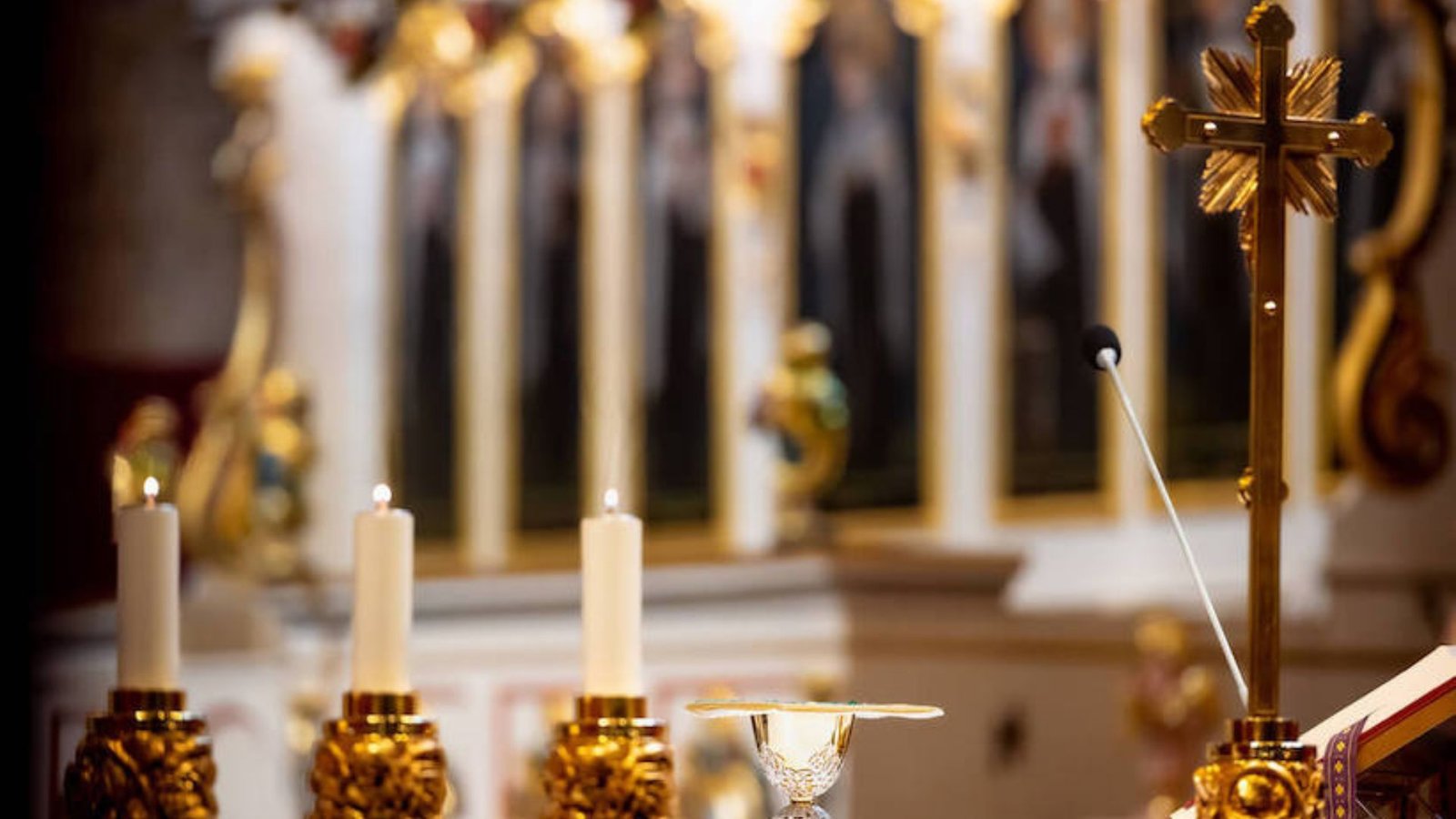Worship practices in Christian denominations vary widely, with two prominent categories being liturgical and non-liturgical worship. Both forms offer unique approaches to connecting with God, but they differ in structure, rituals, and style. Just as players choose their preferred gaming platform at a real money online casino, people often select worship settings that align with their personal preferences and spiritual needs. This article will explore the differences between liturgical and non-liturgical worship, their significance, and the benefits of each.

What is Liturgical Worship?
Liturgical worship refers to a structured and formal approach to Christian worship. It follows a set pattern, often established by the church’s tradition or denomination. Liturgical services are commonly seen in Catholic, Orthodox, and some Protestant churches. The focus is on consistent rituals, prayers, hymns, and readings. For a different type of structured experience, check out the top australia online casino for a curated selection of online gaming options.
Key Features of Liturgical Worship:
- Fixed Order of Service: A predefined order guides the entire worship service, with each step following a sacred tradition.
- Use of Rituals: Key rituals such as the Eucharist (Communion), incense, and lit candles are regularly incorporated.
- Formal Prayers: Prayers, often written in advance, are recited by both the congregation and the priest or minister.
- Sacred Language and Texts: Traditional liturgies use ancient prayers, Bible readings, and hymns, giving the worship a timeless feel.
The primary aim of liturgical worship is to create a sense of continuity and connection with the historic church, as well as a structured way to honor and praise God.
What is Non-Liturgical Worship?
Unstructured worship, on the other hand, is more flexible and spontaneous. It is commonly found in Protestant denominations such as Baptists, Pentecostals, and Evangelicals. This type of worship often allows for greater freedom in how the service unfolds, with an emphasis on individual expression and personal connection with God.
Key Features of Unstructured Worship:
- Flexibility: There is no fixed order of service, and the flow can change depending on the church’s needs and the worship leader’s direction.
- Spontaneous Prayer and Praise: Prayer, hymns, and even sermons are less scripted, with worshipers encouraged to speak from the heart.
- Contemporary Music: Many unstructured churches use contemporary Christian music or even modern instruments like guitars and drums in their worship.
- Focus on Personal Experience: Unstructured worship often emphasizes a personal and emotional connection with God, with worshippers encouraged to express their feelings openly.
While unstructured services can seem more informal compared to liturgical ones, they are deeply focused on fostering a sincere spiritual connection.
Key Differences Between Liturgical and Unstructured Worship
- Structure: Liturgical worship follows a set structure, while non-liturgical services are more spontaneous and flexible.
- Rituals and Tradition: Liturgical services are rich in tradition and rituals, whereas non-liturgical worship often focuses on free expression.
- Music: Liturgical services use hymns and classical music, while non-liturgical services may incorporate contemporary worship songs and instruments.
- Prayer: In liturgical worship, prayers are often pre-written, while in non-liturgical settings, spontaneous prayers are encouraged.
Benefits of Liturgical Worship
- Sense of Tradition: Liturgical worship provides a deep sense of connection to the early Christian church and its practices.
- Consistency: Regularity in the service structure can bring comfort and familiarity to worshippers.
- Sacredness: The rituals and ceremonies in liturgical worship often help people experience a deeper sense of holiness.
Benefits of Non-Liturgical Worship
- Freedom and Creativity: The flexibility of unstructured worship allows for more creative expression and spontaneous moments.
- Personal Connection: Worshippers may feel a stronger, more intimate connection with God due to the less formal environment.
- Adaptability: Non-liturgical worship can evolve to meet the changing needs of the congregation and the cultural context.
Conclusion
Supporting Recovery Through Mindful Recreation
Lighthouse Hoptown offers a welcoming, faith-based recovery community where individuals find hope, structure, and compassionate support on their journey to sobriety. Alongside transformative programs like counseling, mentorship, and life-skills training, it emphasizes the importance of balanced, healthy routines. For moments of lighthearted fun and mental refreshment, try a round of stellarspins online roulette. It’s a responsible way to unwind before returning to your personal growth and community commitments.
Both liturgical and unstructured worship offer valuable ways to experience Christian faith. While liturgical worship connects individuals to a historic and structured tradition, non-liturgical worship provides flexibility and personal expression. The choice between the two depends largely on personal preferences, worship style, and the overall church culture.











